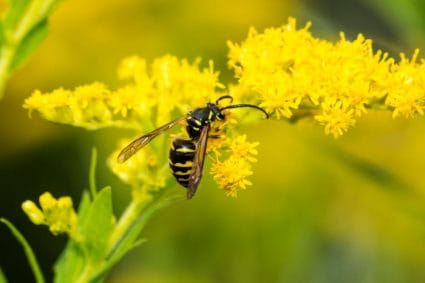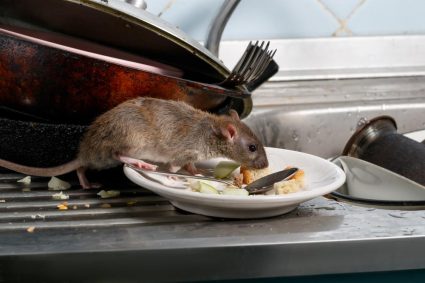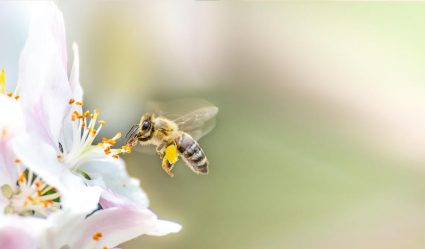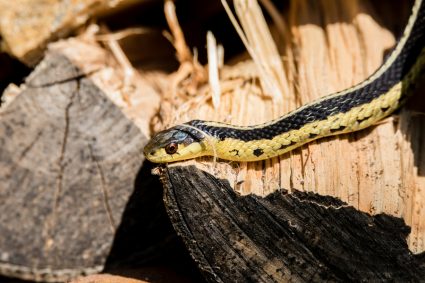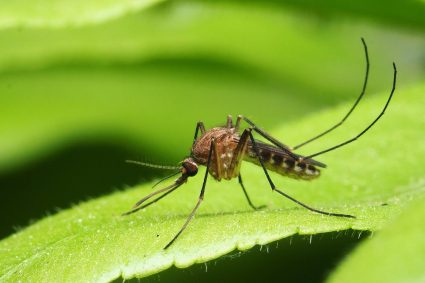
Squirrels, with their bushy tails and playful antics, are a common sight in many parts of the world. But life isn’t all fun and games for these small mammals. They face a wide range of predators and must constantly be on guard to ensure their survival. In this comprehensive article, we will delve into the different predators that pose a threat to squirrels and the various defensive mechanisms they employ to evade these predators.
Squirrels face a wide range of predators, including birds of prey like eagles, hawks, falcons, and owls, mammals such as foxes, coyotes, weasels, minks, bobcats, badgers, raccoons, and domestic animals like cats and dogs, as well as reptiles, particularly snakes and in some regions, alligators. They use various defense mechanisms such as alarm calls, agility in climbing, tail flicking, aggressive behavior, and constant vigilance to evade these threats.
Birds of Prey: Aerial Threats
Birds of prey, also known as raptors, are a significant threat to squirrels. These include eagles, hawks, falcons, and owls. These birds have keen eyesight, allowing them to spot squirrels from a distance. They swoop down with great speed, using their sharp talons to snatch squirrels off the ground or even from trees. Red-tailed hawks, in particular, are known for regularly preying on squirrels.
Mammalian Predators: Ground and Tree Hunters
Mammals make up another category of predators that squirrels need to watch out for. This group includes foxes, coyotes, weasels, minks, bobcats, badgers, raccoons, and domestic animals like cats and dogs. For instance, foxes and coyotes, with their speed and agility, can hunt squirrels on the ground or even dig into a squirrel’s nest to get to young squirrels.
Among tree-dwelling mammals, pine martens are especially adept at chasing squirrels through the treetops. In Europe, they are considered one of the most significant mammalian predators of squirrels.
Reptilian Predators: Stealthy Hunters
Reptiles, particularly snakes, also pose a threat to squirrels. Species like black rat snakes and corn snakes, which are adept climbers, can enter squirrel nests or burrows to prey on them. In certain regions, alligators have also been known to prey on squirrels.
Squirrels’ Defense Mechanisms: Survival Strategies
Faced with such a variety of threats, squirrels have developed several defense mechanisms to protect themselves. These strategies include:
- Alarm calls: Squirrels emit warning calls to alert their kin of a predator’s presence.
- Agility and climbing: Squirrels can quickly scurry up trees to escape ground predators.
- Tail flicking: This serves as a distraction, and in some cases, a squirrel’s tail can break off to allow them to escape.
- Aggressive behavior: In certain situations, squirrels may stand their ground and fight, making aggressive noises and gestures to appear larger.
- Vigilance: Squirrels are always on high alert, scanning their surroundings for potential threats.
Human Impact on Squirrel Predation
Human activities also indirectly affect the predator-prey dynamic between squirrels and their predators. Habitat degradation, introduction of new predators, and changes in predator populations due to human activities can significantly impact squirrel populations. For instance, domestic cats and dogs introduced into new environments can prey on squirrels.
Moreover, human activities can alter the availability of food resources, which can affect predator-prey interactions. For example, squirrels in semi-urban environments often rely on supplementary food from bird feeders, which can alter their behavior and exposure to predators.
Conclusion
In conclusion, squirrels face a wide range of predators from different animal classes, including birds, mammals, and reptiles. However, through their agility, vigilance, and various defensive mechanisms, squirrels have managed to survive and thrive in the face of these threats. Human activities continue to impact the dynamics of squirrel predation, highlighting the need for balanced and considerate wildlife management.
Understanding the threats that squirrels face can help us better appreciate these fascinating creatures and the complex ecosystems they inhabit. It reminds us of the intricate balance of nature, where every creature, big or small, plays a crucial role.
Frequently Asked Questions
What types of squirrels are most commonly preyed upon?
Tree squirrels and ground squirrels are most commonly preyed upon due to their visibility and accessibility. However, the specific species of squirrels that are targeted can vary based on the region and the predators present in that area.
Are squirrels active during the day or night and how does this affect their predation?
Most squirrels are diurnal, meaning they are active during the day and sleep at night. This makes them more susceptible to predation from diurnal predators such as birds of prey and certain mammals. However, some species of squirrels are crepuscular, meaning they are most active during dawn and dusk, which can influence the types of predators they encounter.
What is the lifespan of squirrels and how is it affected by predation?
In the wild, squirrels typically live for about 6 years, but this can be significantly reduced due to predation. In contrast, squirrels in captivity, where they are safe from predators, can live up to 20 years.
How do squirrels adapt to urban environments and their unique set of predators?
Squirrels adapt to urban environments by becoming more vigilant and altering their feeding and nesting habits. For instance, they may forage for food early in the morning when fewer predators and humans are around. They may also build nests in less accessible places, like the upper levels of tall trees or even in the attics of buildings, to keep safe from urban predators such as cats and dogs.
Are there any predators that squirrels are not afraid of?
Squirrels generally have a healthy fear of all potential predators. However, they may show less fear towards smaller or less aggressive predators. For example, squirrels may stand their ground against smaller birds or rodents. Nonetheless, they are always vigilant and ready to escape at the first sign of danger.

